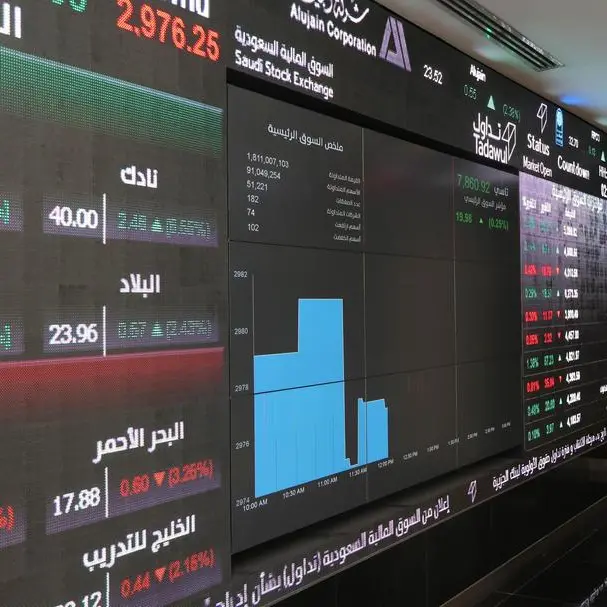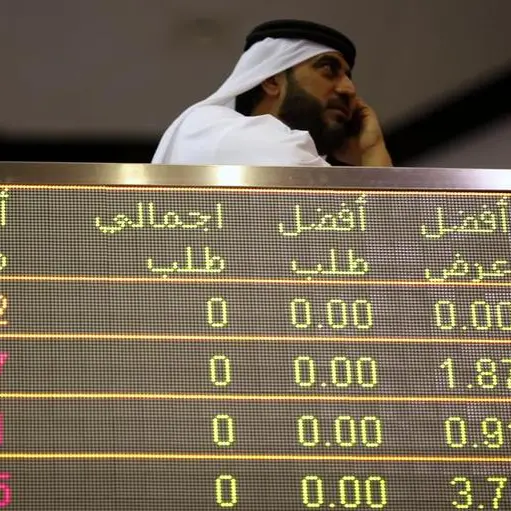PHOTO
TOKYO - Oil prices climbed around 2% on Friday after the U.S. Navy destroyed an Iranian drone in the Strait of Hormuz, a major chokepoint for global crude flows, again raising tensions in the Middle East.
Brent crude futures were up $1.28 cents, or 2.1%, at $63.21 by 0329 GMT. They had dropped 2.7% on Thursday, falling for a fourth day that leaves them still set for a weekly drop of more than 5%.
West Texas Intermediate crude futures firmed 97 cents, or 1.8%, at $56.27. They ended 2.6% lower in the previous session, and are heading for a weekly decline of more than 6%.
Indications that the U.S. Federal Reserve will cut rates aggressively to support the economy were also behind Friday's gains, said Stephen Innes, managing partner at Vanguard Markets.
"The Fed backstop and the report of the U.S. Navy shooting down an Iranian drone are providing a modicum of support for oil markets amidst a very bearish landscape," he said.
The United States said on Thursday that a U.S. Navy ship had "destroyed" an Iranian drone in the Strait of Hormuz after the aircraft threatened the vessel, but Iran said it had no information about losing a drone.
The move comes after Britain pledged to defend its shipping interests in the region, while U.S. Central Command chief General Kenneth McKenzie said the United States would work "aggressively" to enable free passage after recent attacks on oil tankers in the Gulf.
Still, the longer-term outlook for oil has grown increasingly bearish.
The International Energy Agency (IEA) is reducing its 2019 oil demand forecast due to a slowing global economy amid a U.S.-China trade spat, its executive director said on Thursday.
The IEA is revising its 2019 global oil demand growth forecast to 1.1 million barrels per day (bpd) and may cut it again if the global economy and especially China shows further weakness, Fatih Birol said.
"China is experiencing its slowest economic growth in the last three decades, so are some of the advanced economies ... if the global economy performs even poorer than we assume, then we may even look at our numbers once again in the next months to come," Birol told Reuters in an interview.
Last year, the IEA predicted that 2019 oil demand would grow by 1.5 million bpd but had already cut the growth forecast to 1.2 million bpd in June this year.
Speculators have exited options positions that could have provided exposure to higher prices in the next several years, market participants said on Thursday.
U.S. offshore oil and gas production has continued to return to service since Hurricane Barry passed through the Gulf of Mexico last week, triggering platform evacuations and output cuts.
Royal Dutch Shell, a top Gulf producer, said Wednesday it had resumed about 80% of its average daily production in the region.
(Reporting by Aaron Sheldrick; editing by Richard Pullin and Kenneth Maxwell) ((aaron.sheldrick@thomsonreuters.com; 81-3-6441-1320; Reuters Messaging: aaron.sheldrick.thomsonreuters.com@reuters.net))












